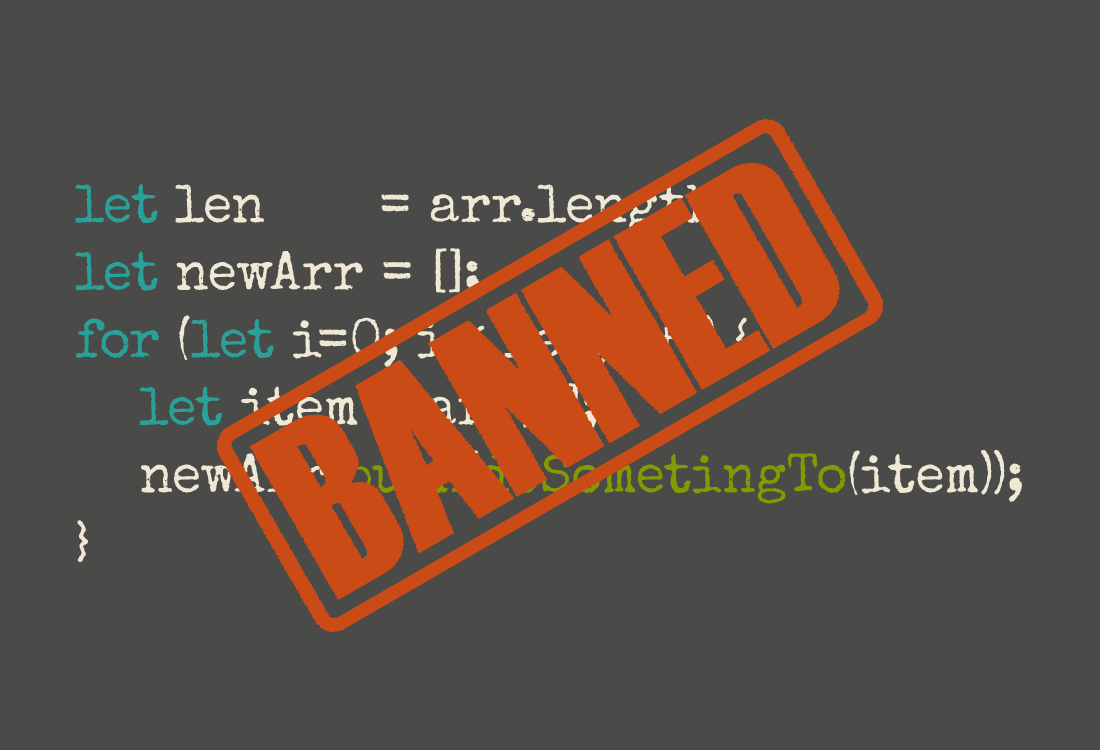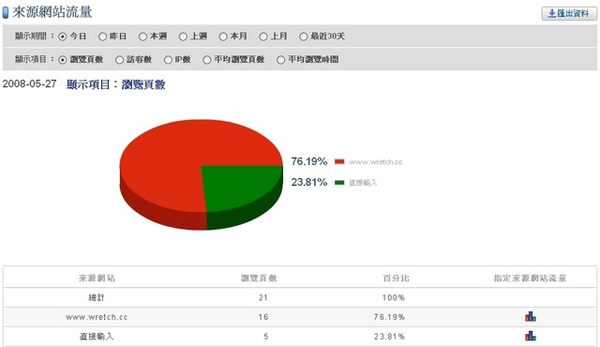Generate Key Number Javascript Map Array
- Create Array Of Numbers Javascript
- Generate Key Number Javascript Map Array To String
- Javascript Map Array Keys
- Javascript Generate Array Of Numbers
- Generate Key Number Javascript Map Array In Excel
- Javascript Array Of Objects Keys
- Generate Key Number Javascript Map Array Examples
Now we’ve learned about the following complex data structures:
Transforming array elements with map The array method map is used to change each element in the array and return a new array with the modified elements. For example, you could use map to iterate over an array with numbers and then create a new array in which each. Not exactly best answer to question but this trick new Array(.someMap) saved me couple of times when I need both key and value to generate needed array. For example when there is need to create react components from Map object based on both key and value values. This will be O(n) where n is the number of objects in array and m is the number of unique values. There is no faster way than O(n) because you must inspect each value at least once. The previous version of this used an object, and for in. These were minor in nature, and have since been minorly updated above.

- The map method creates a new array with the results of calling a function for every array element. The map method calls the provided function once for each element in an array, in order. Note: map does not execute the function for array elements without values.
- The Array.of method creates a new Array instance from a variable number of arguments, regardless of number or type of the arguments. The difference between Array.of and the Array constructor is in the handling of integer arguments: Array.of(7) creates an array with a single element, 7, whereas Array(7) creates an empty array with a length property of 7 (Note: this implies an array of 7.
- Objects for storing keyed collections.
- Arrays for storing ordered collections.
But that’s not enough for real life. That’s why Map and Set also exist.
Map
Map is a collection of keyed data items, just like an Object. But the main difference is that Map allows keys of any type.
Methods and properties are:
new Map()– creates the map.map.set(key, value)– stores the value by the key.map.get(key)– returns the value by the key,undefinedifkeydoesn’t exist in map.map.has(key)– returnstrueif thekeyexists,falseotherwise.map.delete(key)– removes the value by the key.map.clear()– removes everything from the map.map.size– returns the current element count.
For instance:
As we can see, unlike objects, keys are not converted to strings. Any type of key is possible.
Although map[key] also works, e.g. we can set map[key] = 2, this is treating map as a plain JavaScript object, so it implies all corresponding limitations (no object keys and so on).
So we should use map methods: set, get and so on.
Map can also use objects as keys.
For instance:
Using objects as keys is one of most notable and important Map features. For string keys, Object can be fine, but not for object keys.
Let’s try:
As visitsCountObj is an object, it converts all keys, such as john to strings, so we’ve got the string key '[object Object]'. Definitely not what we want.
To test keys for equivalence, Map uses the algorithm SameValueZero. It is roughly the same as strict equality , but the difference is that NaN is considered equal to NaN. So NaN can be used as the key as well.
This algorithm can’t be changed or customized.
Every map.set call returns the map itself, so we can “chain” the calls:
Iteration over Map
For looping over a map, there are 3 methods:
map.keys()– returns an iterable for keys,map.values()– returns an iterable for values,map.entries()– returns an iterable for entries[key, value], it’s used by default infor.of.
For instance:
The iteration goes in the same order as the values were inserted. Map preserves this order, unlike a regular Object.
Besides that, Map has a built-in forEach method, similar to Array:
Object.entries: Map from Object
When a Map is created, we can pass an array (or another iterable) with key/value pairs for initialization, like this:
If we have a plain object, and we’d like to create a Map from it, then we can use built-in method Object.entries(obj) that returns an array of key/value pairs for an object exactly in that format.
So we can create a map from an object like this:
Here, Object.entries returns the array of key/value pairs: [ ['name','John'], ['age', 30] ]. That’s what Map needs.
Object.fromEntries: Object from Map
We’ve just seen how to create Map from a plain object with Object.entries(obj).
There’s Object.fromEntries method that does the reverse: given an array of [key, value] pairs, it creates an object from them:
We can use Object.fromEntries to get an plain object from Map.
E.g. we store the data in a Map, but we need to pass it to a 3rd-party code that expects a plain object.
Here we go:
A call to map.entries() returns an array of key/value pairs, exactly in the right format for Object.fromEntries.
We could also make line (*) shorter:
That’s the same, because Object.fromEntries expects an iterable object as the argument. Not necessarily an array. And the standard iteration for map returns same key/value pairs as map.entries(). So we get a plain object with same key/values as the map.
Set
A Set is a special type collection – “set of values” (without keys), where each value may occur only once.
Its main methods are:
new Set(iterable)– creates the set, and if aniterableobject is provided (usually an array), copies values from it into the set.set.add(value)– adds a value, returns the set itself.set.delete(value)– removes the value, returnstrueifvalueexisted at the moment of the call, otherwisefalse.set.has(value)– returnstrueif the value exists in the set, otherwisefalse.set.clear()– removes everything from the set.set.size– is the elements count.
The main feature is that repeated calls of set.add(value) with the same value don’t do anything. That’s the reason why each value appears in a Set only once.
For example, we have visitors coming, and we’d like to remember everyone. But repeated visits should not lead to duplicates. A visitor must be “counted” only once.
Set is just the right thing for that:
Create Array Of Numbers Javascript
The alternative to Set could be an array of users, and the code to check for duplicates on every insertion using arr.find. But the performance would be much worse, because this method walks through the whole array checking every element. Set is much better optimized internally for uniqueness checks.
Iteration over Set
We can loop over a set either with for.of or using forEach:
Microsoft office 2007 registration key generator. If you choose to activate your product through the Internet and you are not already connected, the wizard alerts you that there is no connection.Activate by using the telephone You can telephone an Activation Center using the numbers for your specific country/region listed in this to activate your product with the help of a customer service representative.Telephone activation might take longer than activation through the Internet. In the United States, using a TT/TTY modem, dial (800) 718-1599. After your installation ID is verified, you receive a confirmation ID.In the Activation Wizard, type the confirmation ID in the spaces provided at the bottom of the screen, and then press ENTER.Telephone activation is not available for Trial and Subscription versions.Microsoft Text Telephone (TT/TTY) services are available for individuals who are deaf or hard of hearing. You should be at your computer when you call, and you should have your software Product Key available.Call the Activation Center using the numbers for your specific country/region listed in this.The customer service representative asks you for your installation ID (displayed on your screen) and other relevant information.

Note the funny thing. The callback function passed in forEach has 3 arguments: a value, then the same valuevalueAgain, and then the target object. Indeed, the same value appears in the arguments twice.
That’s for compatibility with Map where the callback passed forEach has three arguments. Looks a bit strange, for sure. But may help to replace Map with Set in certain cases with ease, and vice versa.
The same methods Map has for iterators are also supported:
set.keys()– returns an iterable object for values,set.values()– same asset.keys(), for compatibility withMap,set.entries()– returns an iterable object for entries[value, value], exists for compatibility withMap.
Generate Key Number Javascript Map Array To String
Summary
Map – is a collection of keyed values.
Methods and properties:
Javascript Map Array Keys
new Map([iterable])– creates the map, with optionaliterable(e.g. array) of[key,value]pairs for initialization.map.set(key, value)– stores the value by the key.map.get(key)– returns the value by the key,undefinedifkeydoesn’t exist in map.map.has(key)– returnstrueif thekeyexists,falseotherwise.map.delete(key)– removes the value by the key.map.clear()– removes everything from the map.map.size– returns the current element count.
The differences from a regular Object:
Javascript Generate Array Of Numbers
- Any keys, objects can be keys.
- Additional convenient methods, the
sizeproperty.
Set – is a collection of unique values.
Generate Key Number Javascript Map Array In Excel
Methods and properties:
Javascript Array Of Objects Keys
new Set([iterable])– creates the set, with optionaliterable(e.g. array) of values for initialization.set.add(value)– adds a value (does nothing ifvalueexists), returns the set itself.set.delete(value)– removes the value, returnstrueifvalueexisted at the moment of the call, otherwisefalse.set.has(value)– returnstrueif the value exists in the set, otherwisefalse.set.clear()– removes everything from the set.set.size– is the elements count.
Generate Key Number Javascript Map Array Examples
Iteration over Map and Set is always in the insertion order, so we can’t say that these collections are unordered, but we can’t reorder elements or directly get an element by its number.